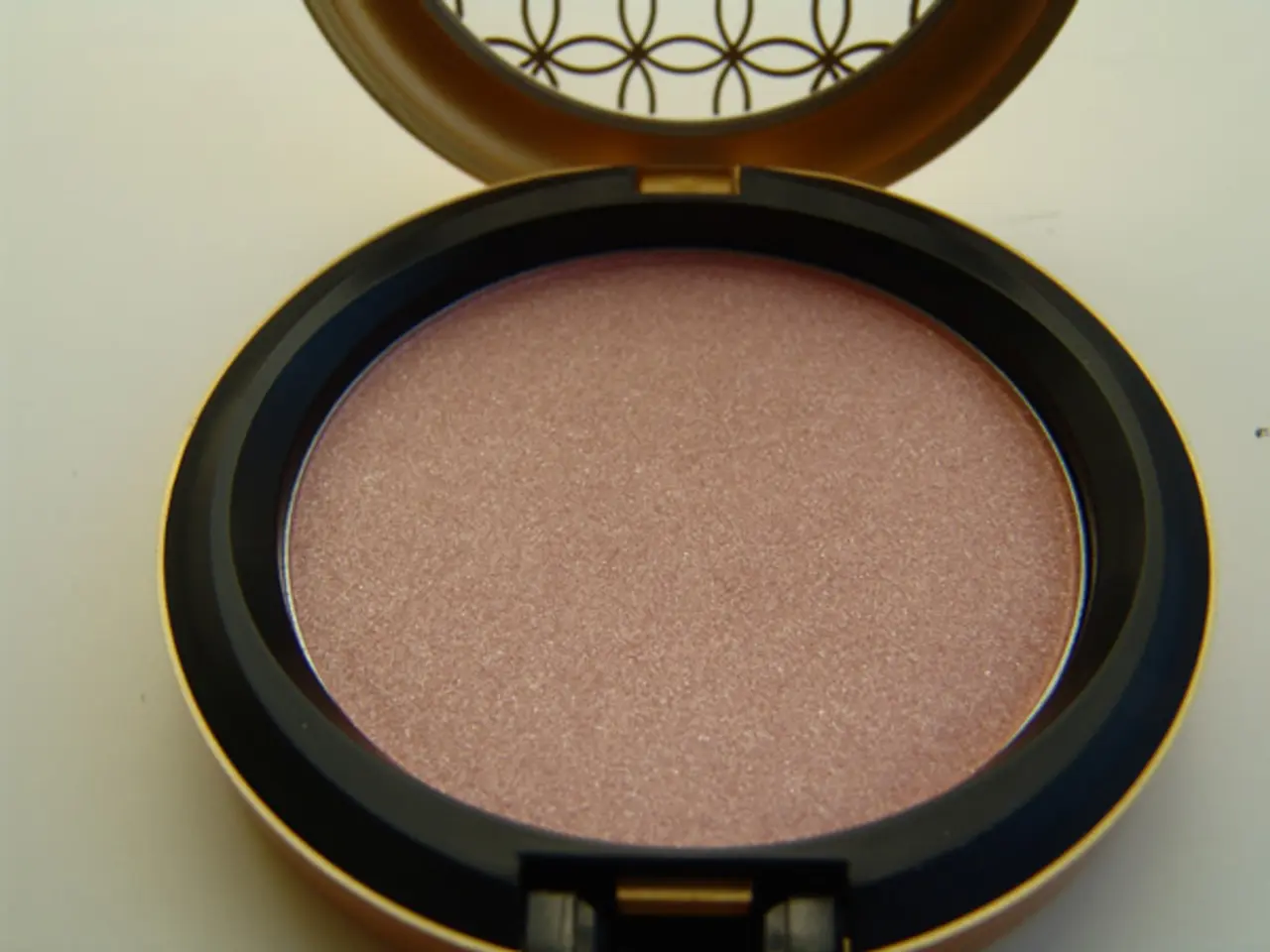Columbia Chemists Create 'Perfect' Polaritons for Quantum Computing
Columbia chemists, led by Associate Professor Milan Delor, have made a significant breakthrough in the field of quantum computing. Their research, published in the journal Chem, details a method to create 'perfect' polaritons, quasiparticles that combine light and matter for enhanced interactions and fast, wavelike flow.
Delor and his team have developed a scalable approach to realize light-based quantum computing architectures with improved optical interactions. They have identified three key rules for creating ideal exciton-polaritons: large optical absorption, low disorder, and inherent exciton delocalization. Delocalization is crucial for maintaining polariton coherence despite strong interactions and inherent disorder.
The team has explored various materials for their research. While specific details about their experiments and materials are not provided, it is known that materials like Gallium Nitride (GaN) transistors and Transition-Metal Dichalcogenides (TMDs) are often used in such applications due to their high polariton density and ability to achieve strong optical interactions. 2D halide perovskites and TMDs are also promising candidates for creating strong photon interactions in light-based computers.
The development of 'perfect' polaritons by Columbia chemists could pave the way for powerful optical computers and other light-based quantum devices. Their method, based on three key rules, shows promise for scalable, enhanced light-based quantum computing architectures. Further research is needed to fully understand and harness the potential of these quasiparticles.






